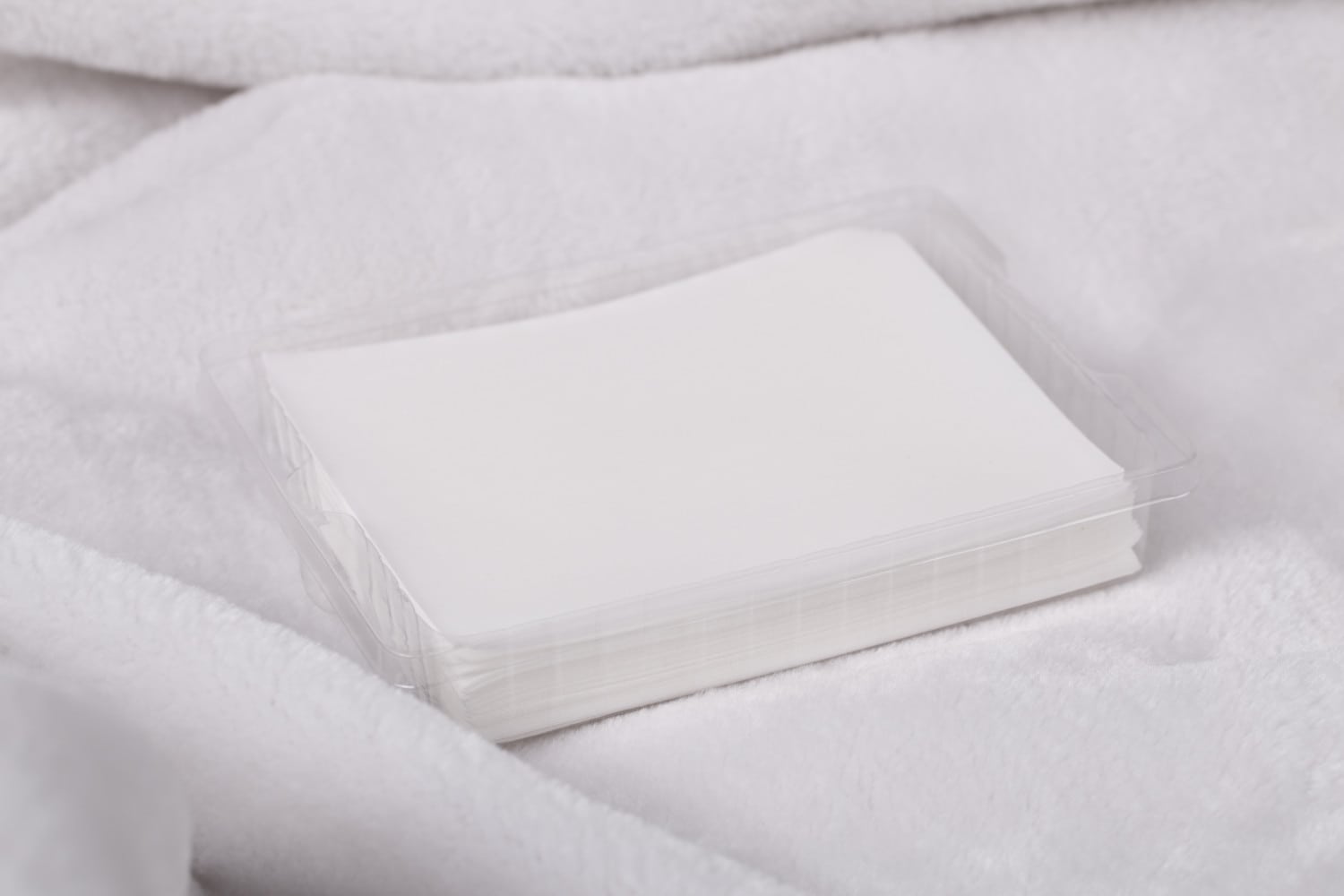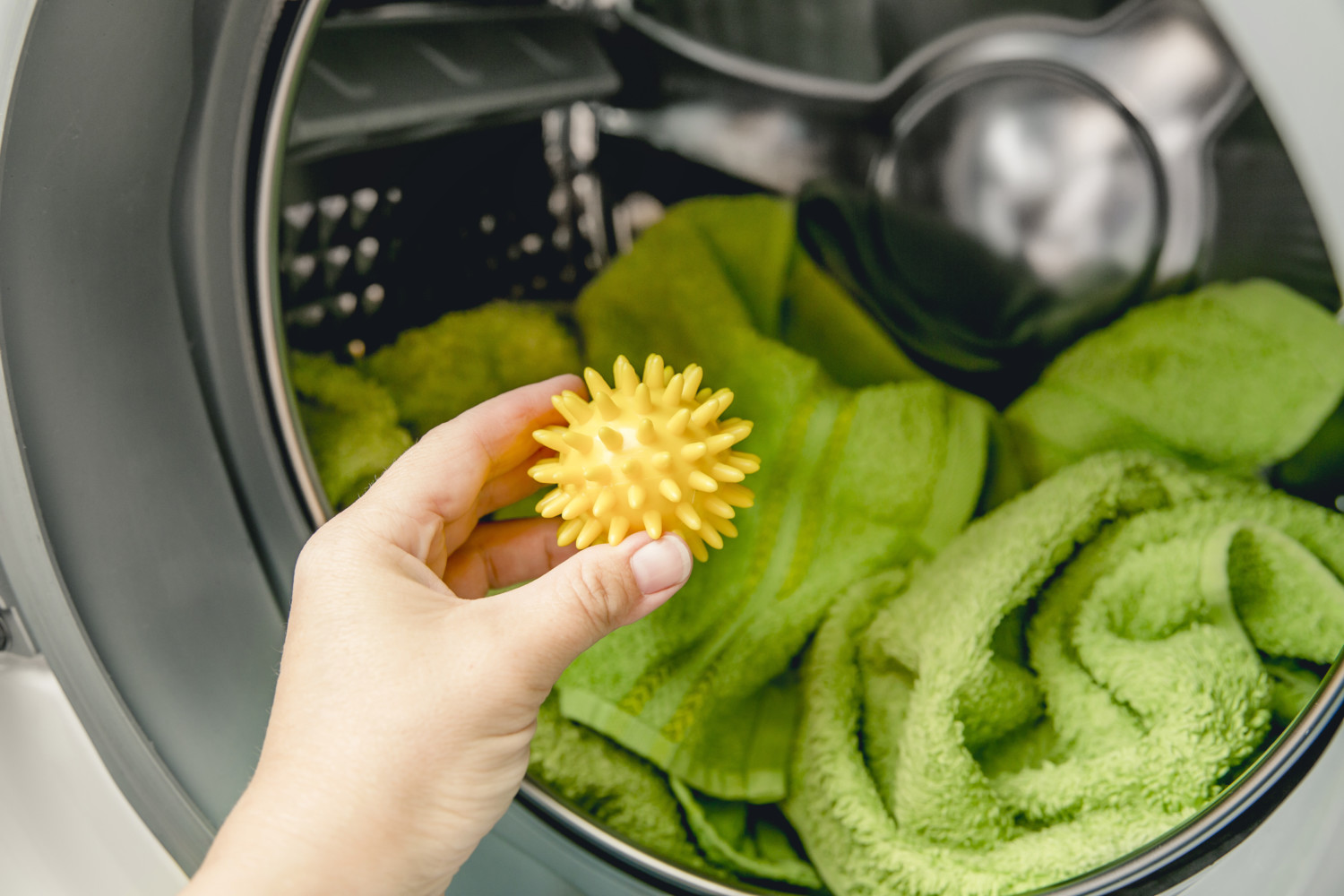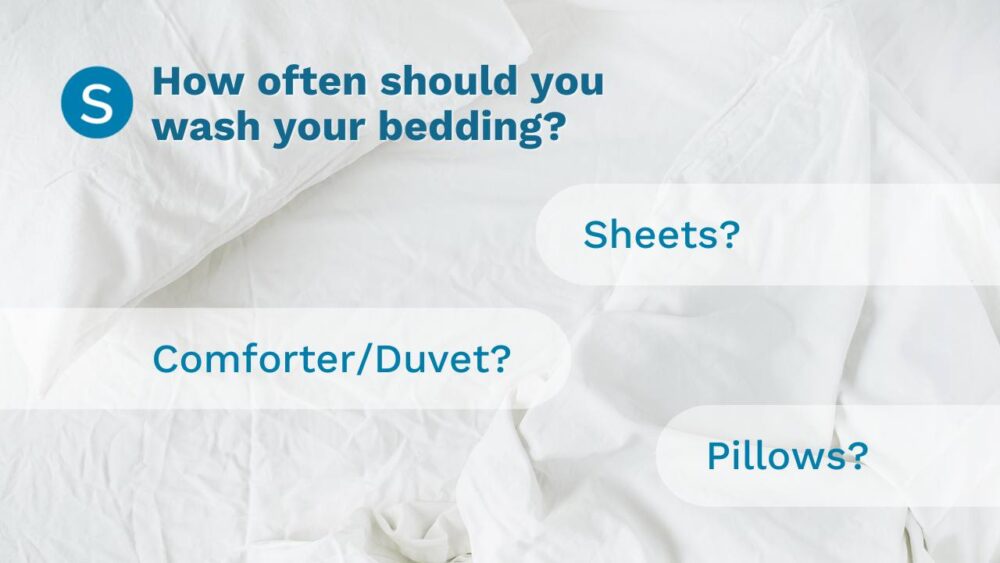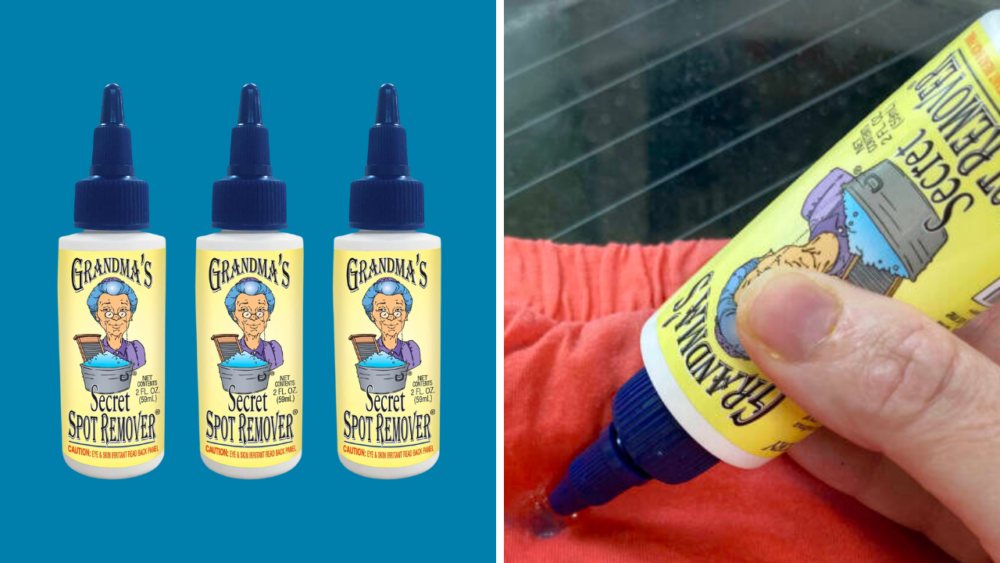Dryer sheet alternatives: Why you may not want to toss in a dryer sheet with your next load of laundry
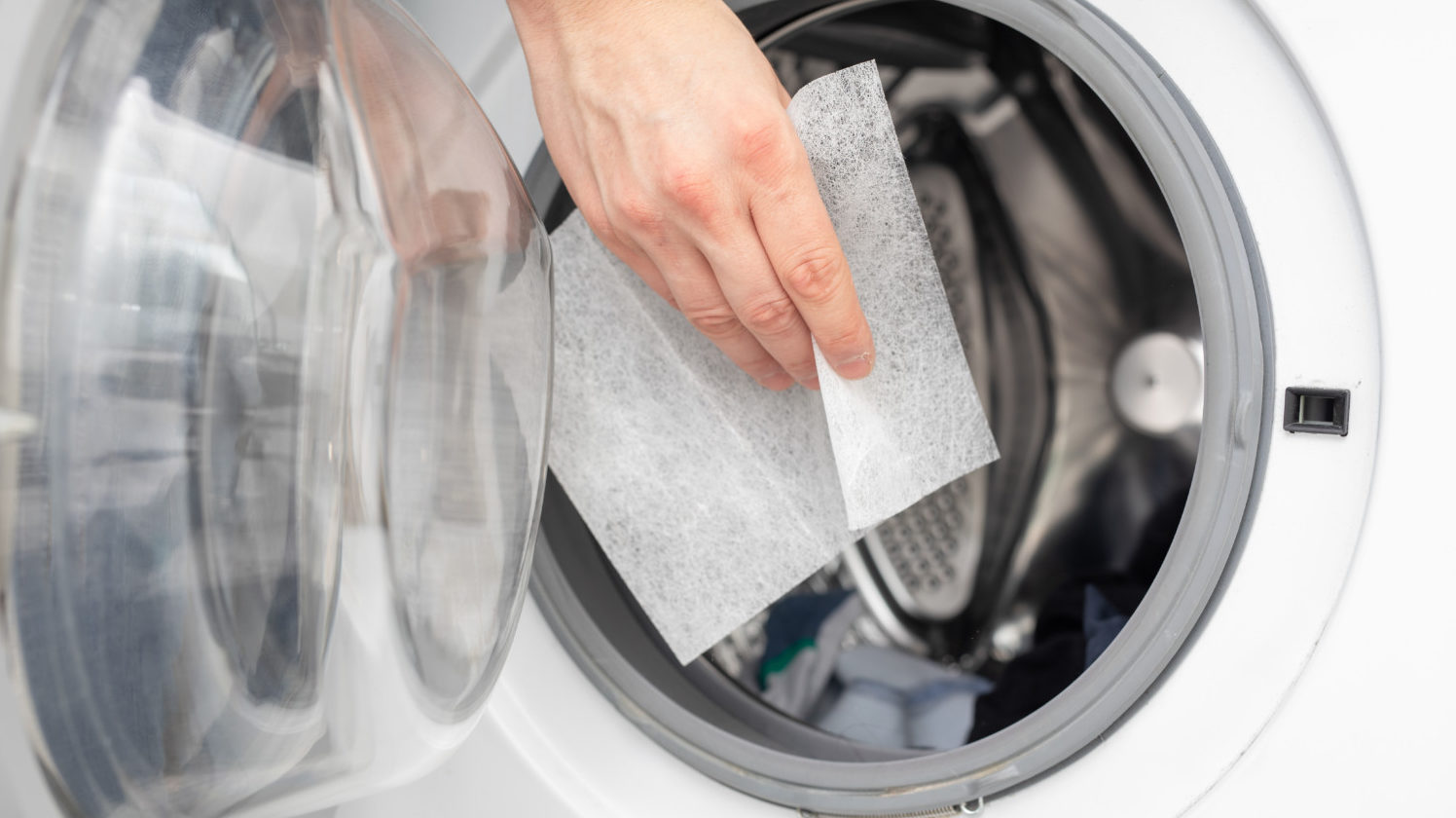
- April 18, 2021 |Last updated on 03/15/2022
Dryer sheets are one of those ubiquitous cleaning products that can be found in the laundry aisle of most retail stores and many people’s laundry rooms. However, even if you buy and use them regularly, you may not necessarily know what dryer sheets are made of and how they work. After all, they’re just one of many laundry-related products, including scent boosters and fabric softeners, that purport to improve how your clothes smell and feel. But are they actually good for your clothes and the environment?
Here’s what you need to know about dryer sheets and why you may want to consider using dryer sheet alternatives for future loads of laundry.
What Are Dryer Sheets Made Of, And How Do They Work?
Dryer sheets were reportedly first introduced in the U.S. by Procter & Gamble in 1975 under the brand name Bounce, but today you can find dryer sheets from many different brands. According to Chemical & Engineering News, most dryer sheets are typically constructed from a “nonwoven polyester material coated with a softening agent.”
Dryer sheets function in the same way that a liquid fabric softener does, reducing static, making clothes feel softer and adding fragrance. When you place a dryer sheet in with your wet clothes, the dryer melts the softening agent, causing the residue to transfer to your clothes. The slippery feeling from the residue gives you the impression that the clothes are softer.
MORE: These are the best and worst laundry detergents on the market
Are Dryer Sheets Bad?
Basically, whenever you use a dryer sheet, you are adding a chemical coating to your clothes, and in some instances, this can be a bad idea. For example, using dryer sheets or fabric softeners on baby or children’s clothes may cause them to become less flame-retardant.
Dryer sheets may also cause microfiber towels to become less absorbent over time and reduce the moisture-wicking properties of athletic wear. This is because the chemical coating builds up every time you tumble-dry your laundry with a dryer sheet.
CNet reports that the chemical coating also coats the inside of your dryer, which could eventually make it harder to remove lint from the lint trap. In addition, a 2011 study found that the fragrances that are often added to dryer sheets may be linked to “irritation of the eyes and airways, contact dermatitis, migraines, and asthmatic reactions.”
Lastly, there’s also the planet to think about. As a disposable single-use product, dryer sheets contribute to environmental waste and have been found to emit volatile organic compounds into the air from dryer vents. This could potentially affect both air quality and human health, although more research is needed.
MORE: How to properly clean your dryer vent to keep your home safe
What Are The Safest Dryer Sheets To Use?
If you love the convenience of dryer sheets and don’t want to give that up, consider using a safer, more eco-friendly dryer sheet, like a reusable dryer sheet, a scent-free option or another dryer sheet that meets the requirements of an EPA “safer choice” label.
Can You Dry Clothes Without A Dryer Sheet?
In a nutshell, yes! You absolutely don’t need to use dryer sheets when you dry your clothes. Fortunately, if you decide to forgo dryer sheets, that doesn’t mean you have to live with static cling and stiff clothes. You can find more eco-friendly, reusable dryer sheet alternatives that will help add softness to your laundry without the use of chemical coatings and synthetic fragrances made to withstand high temperatures.
The Best Dryer Sheet Alternatives
- Dryer Balls: Whether made of wool or plastic, dryer balls help to lift and separate clothes as they tumble around your dryer, creating more airflow and allowing laundry to dry quicker. Wool dryer balls are also naturally free of fragrance and have the added benefit of being able to absorb moisture, speeding up the drying process even more. They also agitate against other fibers, providing softness. Plus, since they’re reusable, dryer balls can be used many times before needing to be replaced.
- Soap Nuts: Consider using soap nuts as a replacement for both dryer sheets and laundry detergent. Soap nuts are a chemical-free product that both washes and softens clothes.
- Aluminum Foil: If static is your main laundry problem, you can combat it with something you likely already have in your kitchen: aluminum foil. Simply shape aluminum foil sheets into a ball shape with your hands and add several to your laundry to help reduce static cling and keep clothes separated. Keep in mind that aluminum won’t soften your clothes, however.
- DIY Alternatives: You can also DIY your own dryer sheet alternatives by adding a splash of scented vinegar to your laundry’s rinse cycle, or use everyone’s favorite all-purpose household cleaner, a 1/2 cup of baking soda.
- Make Your Own: Make your own reusable dryer sheets from an old cotton T-shirt or rag and up to 30 drops of essential oil. Let the sheets soak in the oil, then dry. It takes a little bit of effort but might be worth it to avoid the chemicals used in commercial dryer sheets. Plus, you’ll save money by making your own instead of buying them.
- Skip the Drying Cycle: Lastly, skip the drying altogether, and line-dry or hang-dry your clothes. This eliminates static cling since the clothes won’t be rubbing together while they dry.
Want more laundry tips? Read these 10 hacks that will help make washing your clothes a more enjoyable experience.



